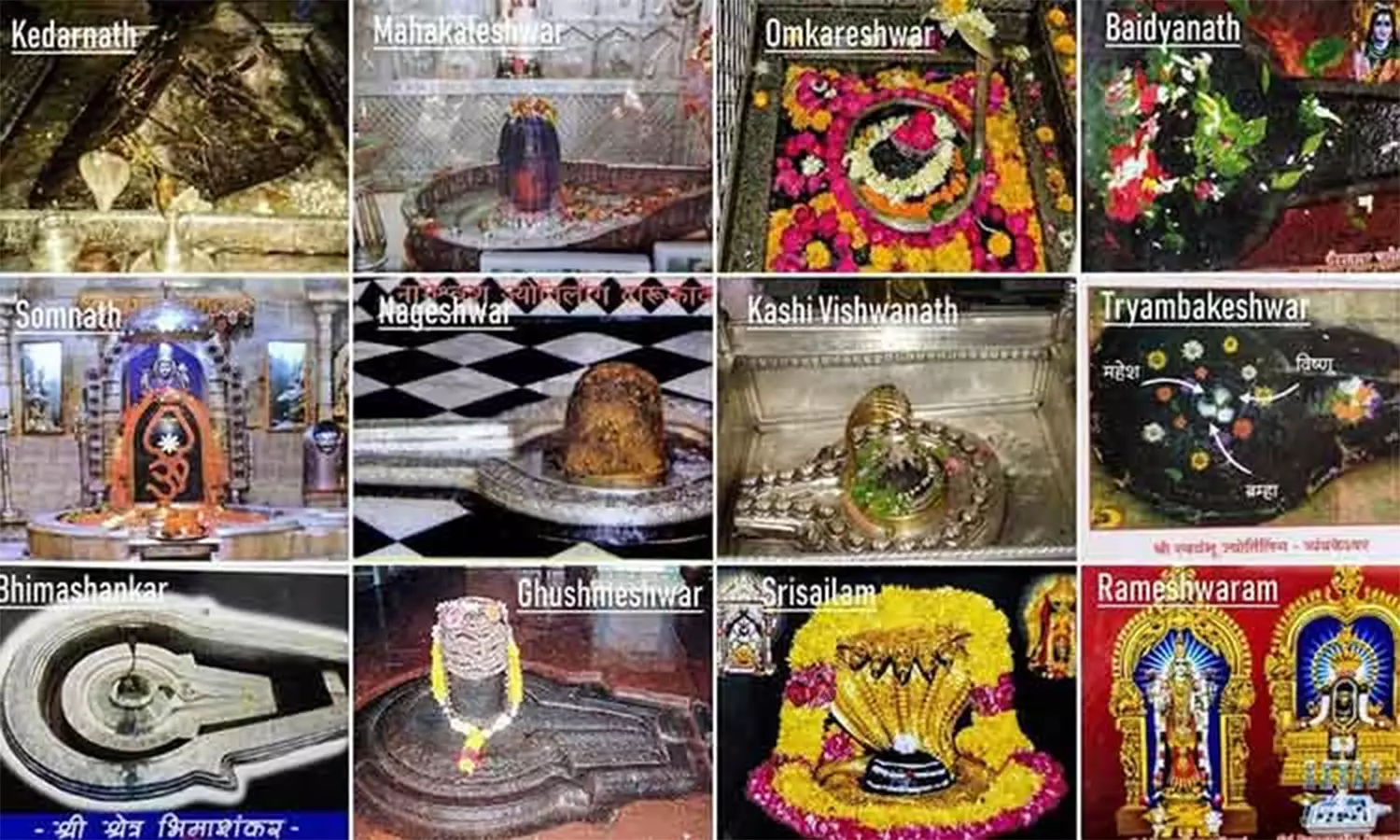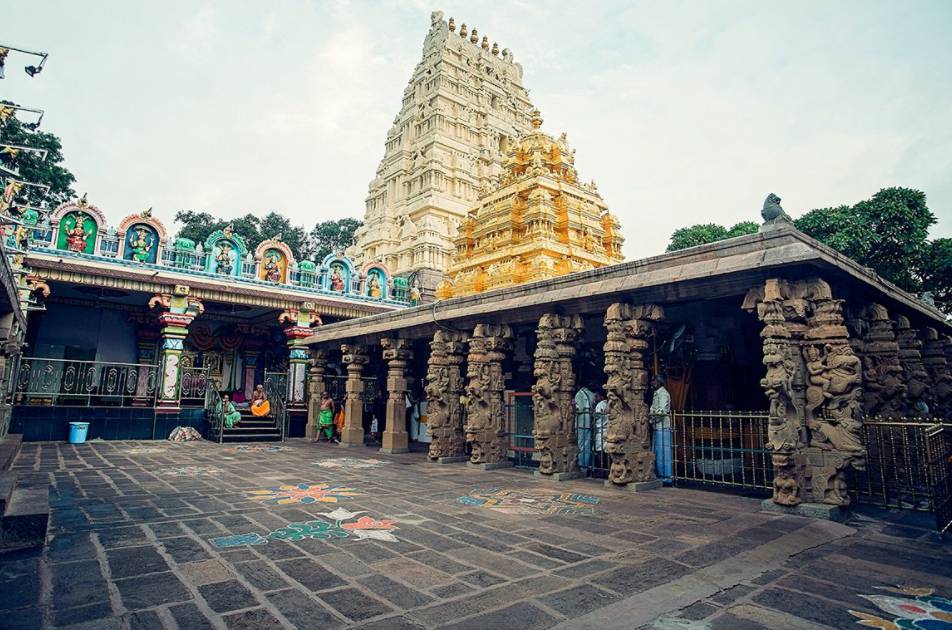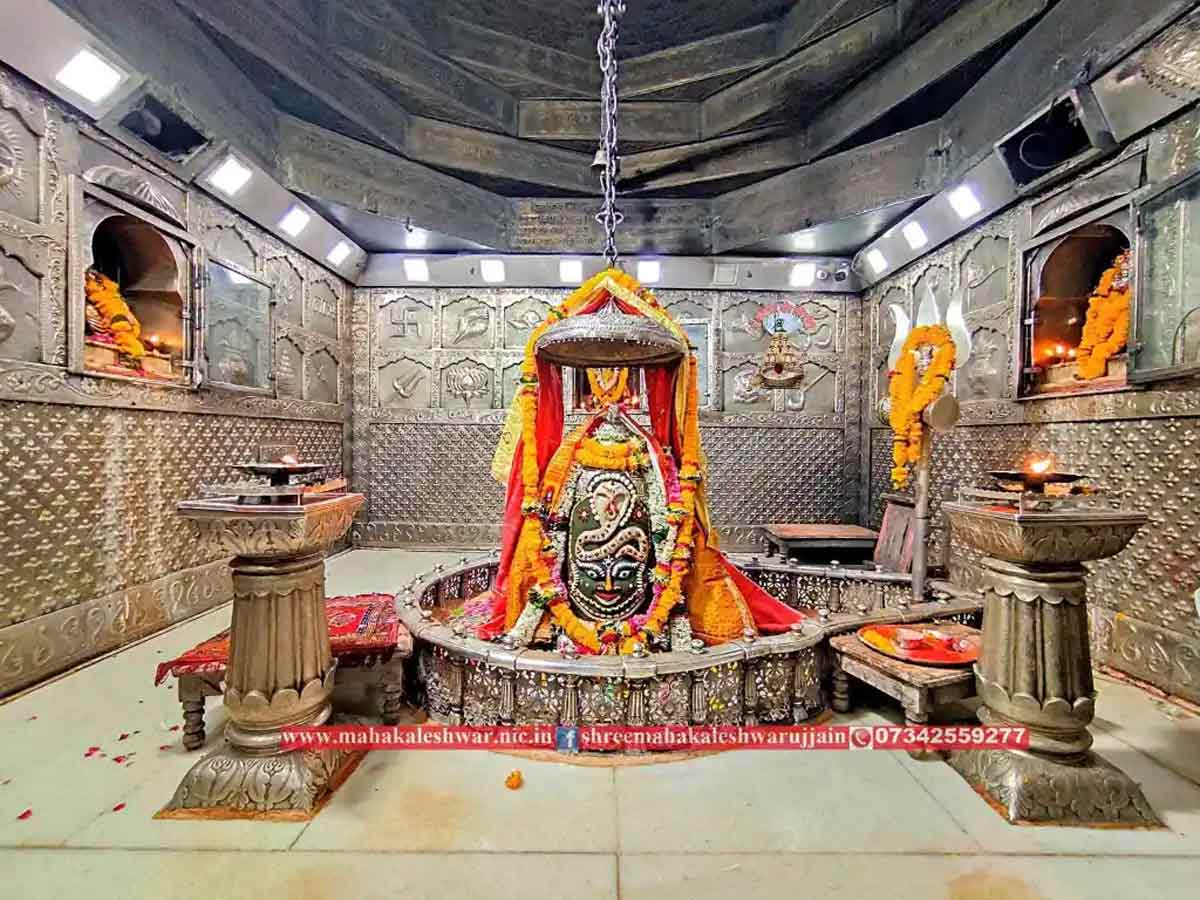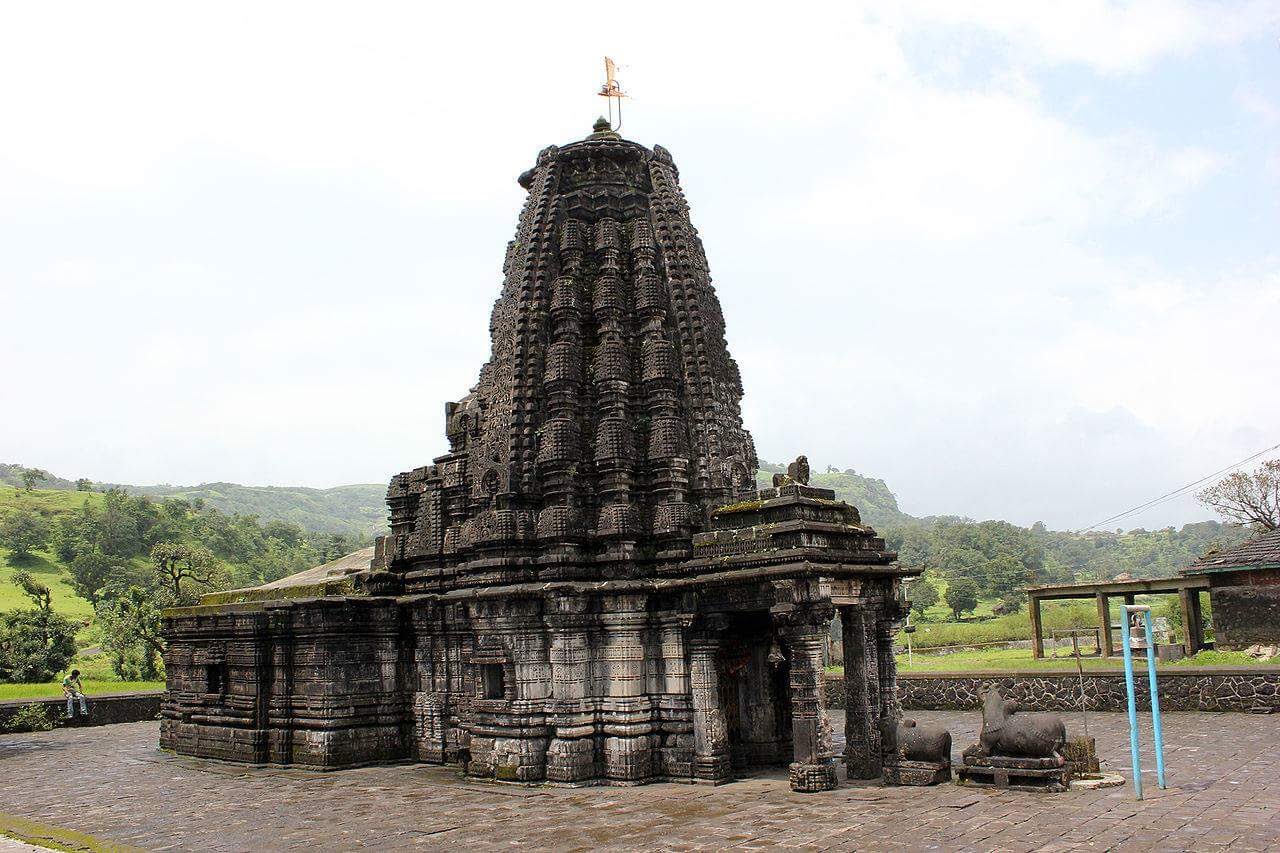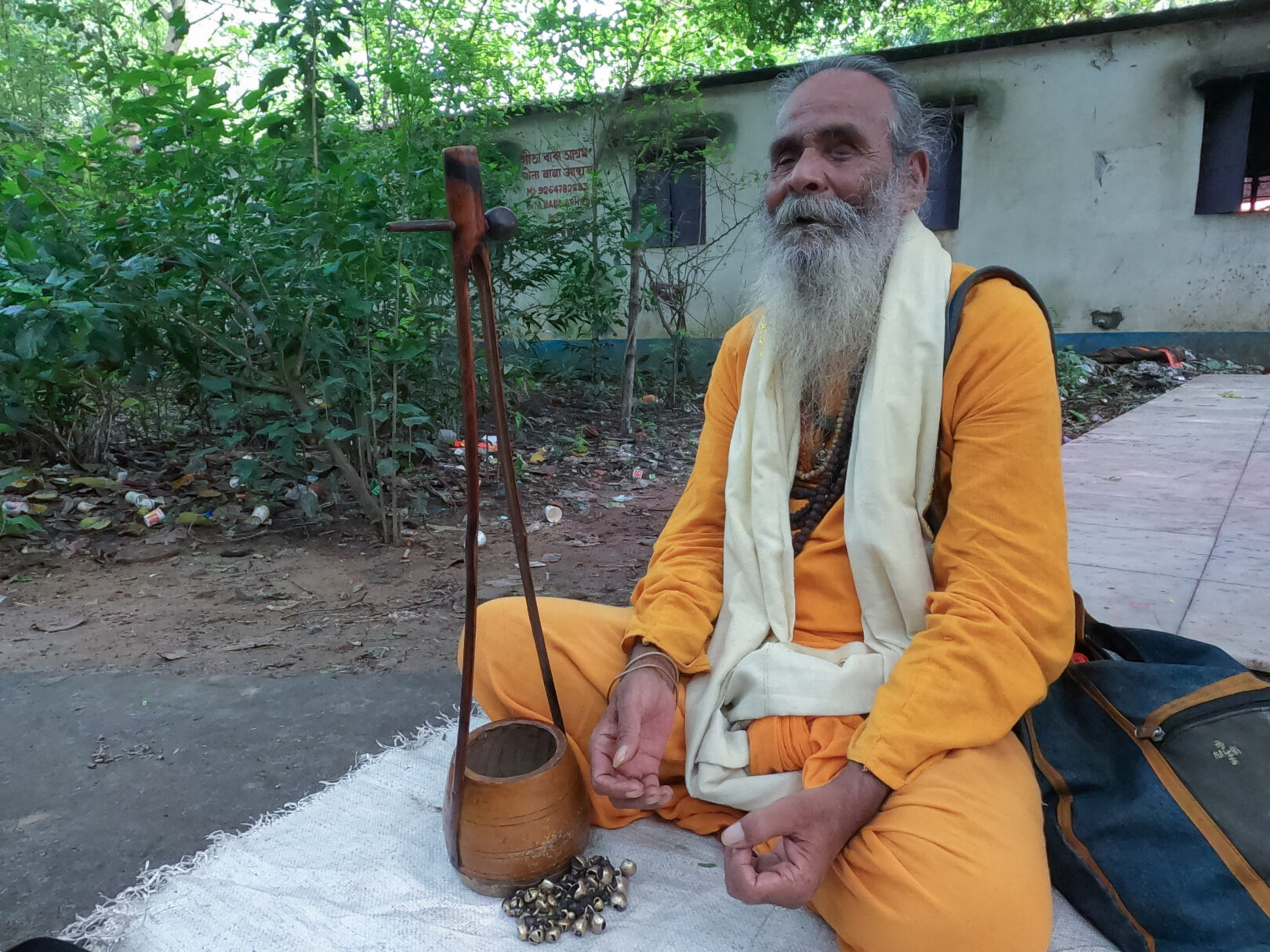
The word Baul resonates with mysticism, freedom, and spiritual rebellion. Rooted deep within the cultural fabric of Bengal, both in India and Bangladesh, the Bauls are more than just wandering minstrels. They are spiritual seekers, philosophers, and poets who express profound truths through their music and way of life. This unique tradition represents a fusion of Sufi, Vaishnav, and Tantric ideologies, creating a spiritual tapestry unlike any other.
In this article, we explore the essence of Baul philosophy and how it continues to shape Bengali cultural practices, influencing generations through its timeless wisdom and melodious expression.
Who Are the Bauls?
The Bauls are a group of mystic minstrels known for their unconventional lifestyle, soulful songs, and deep spiritual insight. Originating in Bengal, they defy organized religion and caste boundaries. Instead of temples or scriptures, the Bauls search for the divine within the human body. They roam from village to village, singing songs that evoke universal love, humanism, and self-realization.
Bauls can be identified by their simple, saffron-colored robes, unkempt hair, and a musical instrument called the ektara (one-stringed lute). Their performances are more than just musical — they are spiritual experiences meant to awaken the soul.
Core Beliefs of Baul Philosophy
At the heart of Baul philosophy lies a deep respect for the human body as the temple of the divine. Unlike many religious traditions that focus on external rituals, the Bauls focus inward. Here are some of their core tenets:
- Deho Tattva (The Body as the Divine)
Bauls believe that the ultimate truth resides within the human body. They practice sadhana (spiritual discipline) that involves meditating on the breath, inner sounds, and energies. For them, liberation is found not in heaven or rebirth, but in realizing the divine presence within oneself.
- Rejection of Orthodoxy
The Bauls reject the rigid structures of mainstream religion, caste, and gender roles. They do not believe in idol worship or religious institutions. Their path is one of inclusivity and personal experience.
- Mystical Union Through Love
Love, both human and divine, is central to Baul philosophy. Their songs often use romantic metaphors to describe the soul’s longing for union with the eternal. This love is not bound by societal norms but is seen as a sacred expression of truth.
- Music as a Path to Enlightenment
For the Bauls, music is not just art — it is a form of yoga. Singing Baul songs is a meditative practice that aligns the body, mind, and spirit. The rhythm of their songs reflects the rhythm of life and the heartbeat of the universe.
Baul Songs: The Heart of the Tradition
The Baul tradition is perhaps most recognized through its music. These songs, passed down orally for generations, carry layers of metaphor and spiritual symbolism. They often use simple, rural language but convey profound philosophical insights.
Some common themes in Baul songs include:
The futility of seeking God outside oneself.
The mystery of human birth.
The search for the “Moner Manush” (the man of the heart) — a metaphor for the soul or divine presence.
Criticism of religious hypocrisy and materialism.
Famous Baul composers like Lalon Fakir, Duddu Shah, and Panju Shah have left behind a rich legacy of songs that continue to inspire spiritual seekers and artists alike.
Baul Practice in Bengali Culture
The influence of the Baul tradition goes beyond music. It has played a vital role in shaping Bengali cultural identity, from literature and theatre to spiritual practice and community life.
- Village Fairs and Akhras
Baul practitioners often gather in rural fairs and Akhras (Baul communes) where music, philosophy, and communal living merge. These gatherings are spiritual festivals in their own right, promoting harmony and cultural exchange.
- Baul in Modern Literature
Poets like Rabindranath Tagore were deeply inspired by Baul music. Tagore even described Bauls as “the eternal man who has no religion but love.” He incorporated Baul elements into his songs (Rabindra Sangeet), promoting their philosophy to global audiences.
- Continuing Legacy
Despite modernization, Baul music and philosophy remain deeply rooted in Bengal. Organizations, cultural programs, and individual artists work to preserve and spread Baul traditions, both in rural and urban settings. In fact, UNESCO has recognized the Baul tradition as an Intangible Cultural Heritage of Humanity.
Challenges and Preservation
With the rise of commercialization and urban migration, the Baul tradition faces the risk of dilution and loss. Many Bauls now perform for tourists and media platforms, often under pressure to adapt their pure spiritual message to modern tastes.
Yet, numerous spiritual and cultural organizations are working to preserve the authenticity of Baul practice. Ashrams such as Sanatan Siddhashram in Bolpur, founded by Parvathy Baul, emphasize authentic Baul teachings and sadhana, offering training and retreats for those who wish to learn.
Final Thoughts: Why Baul Matters Today
In a world increasingly divided by dogma, identity politics, and materialism, the Baul philosophy offers a breath of fresh air. It reminds us that love, simplicity, and inner realization matter more than ritual and hierarchy. The Bauls, with their unassuming lives and soul-stirring songs, continue to light a path for those seeking meaning beyond the mundane.
By embracing the essence of Baul, we are not just celebrating a musical genre — we are honoring a way of life that teaches us to seek the divine within ourselves and in each other.






